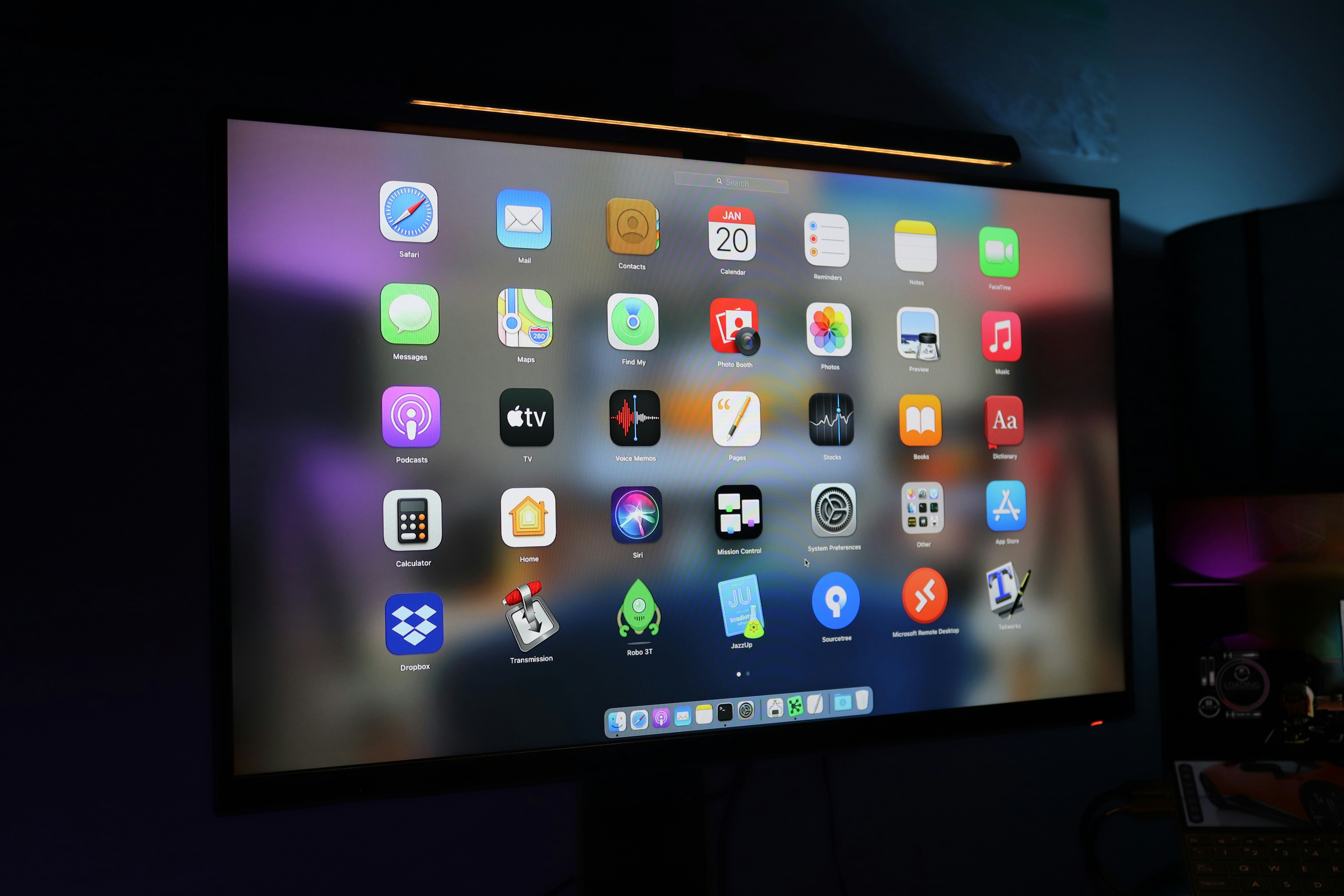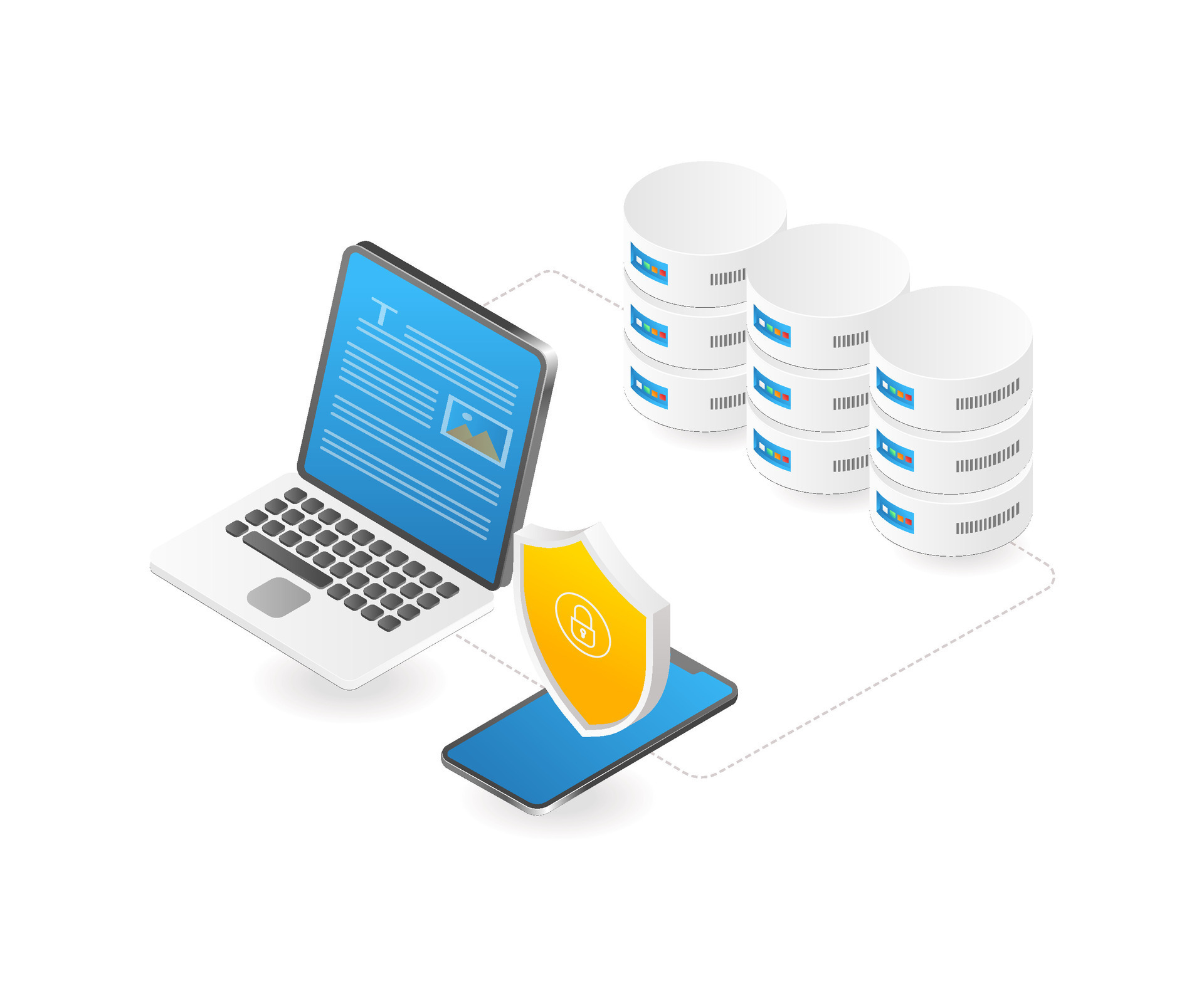Legacy modernization challenges and the best solutions for 2024

In 2024, companies are still getting used to the digital world, but legacy systems are still a big problem. These tools used to be very important to operations, but their old designs make them very hard to use now. But even in the complexity, there are chances to change things. In this piece, we look at the most important problems with legacy systems modernization in 2024 and suggest the best ways for businesses to move forward in a world where technology is always changing.
What is legacy systems modernization?
Legacy systems modernization is the process of updating, changing, or getting rid of old, often single-piece software programs, hardware platforms, or IT frameworks in a business. Because they were made using old technologies and designs, these legacy systems often have problems with being able to grow, being maintained, staying safe, and working with new technologies.
The goal of modernization is to deal with these problems by using new technologies, methods, and architectural models to make IT systems more efficient, flexible, and reliable. This can be done in a number of ways, including:
- Refactoring is the process of reorganizing and improving an existing codebase to make it easier to manage, more scalable, and faster without changing how it works on the outside.
- Moving apps or data from old systems to newer ones, like cloud infrastructure or newer software frameworks, is called migration.
- Getting rid of old systems and replacing them with off-the-shelf solutions, custom-built apps, or Software as a Service (SaaS) that better meet the needs of the business today.
- Integration means linking older systems to newer technologies, apps, or services using APIs, middleware, or data transfer tools so that they can work together and share data.
- Modern Architectures: Using current building styles like microservices, serverless computing, or event-driven architecture to make the system more scalable, adaptable, and reliable.
Companies that want to stay competitive, come up with new ideas faster, and meet changing business needs in the digital age need to update their old systems. Businesses can find new ways to grow, improve the customer experience, lower their technical debt, and lower the risks that come with using old technology stacks by updating their older systems.
Legacy application modernization challenges
Organizations face many problems when they try to update old applications because the old systems are complicated and they need to be switched to more modern, flexible designs. Here are some of the most important problems that had to be solved:
- Complexity of Legacy Systems: It can be hard for developers to figure out how legacy applications work because their designs are often complicated and their dependencies are often intertwined.
- Legacy Data Migration: Data saved in old systems might be organized in stale formats or be inconsistent, so it needs to be moved and changed carefully to fit modern data models and standards.
- Keeping business going: During the modernization process, organizations must make sure that ongoing processes are interrupted as little as possible. They must find a balance between the need to change and the need to keep service levels and business continuity.
- Integration with New Technologies: Older programs might not have APIs or use their own interfaces, which makes it harder to connect them to new technologies, cloud platforms, or third-party services.
- Legacy Skill Gaps: It may be hard to find people with the skills needed to maintain and update older systems, especially as newer technologies become more popular. This can leave the company with skill gaps.
- Regulatory Compliance: Requirements for compliance change over time, and old systems might not meet the newest standards. To stay compliant, they need to be updated.
- Cost and Resource Limits: Modernization projects may need a lot of money and time to pay for things like infrastructure, tools, training, and experts, which can put a strain on budgets.
- Risk of Losing or Corrupting Data: If you don't handle data properly during transfer or modernization, you could lose data, corrupt it, or have your security broken, which is very bad for the business.
- Concerns about vendor support and end-of-life: Older systems may use software or hardware parts that aren't backed by vendors anymore, leaving businesses open to security risks and compatibility problems.
- Adoption and Resistance by Users: People who are used to old ways of doing things may not want to change when new apps come out. This is why change management and user training programs are so important.
To solve these problems, we need a thorough plan that includes working together with all stakeholders, strong risk management, and a focus on making small changes over time. By getting past these problems, businesses can get the most out of their updated software, which can lead to new ideas, greater flexibility, and a competitive edge in today's fast-paced business world.
Solutions for legacy application modernization
To update old programs, you need a plan that takes into account both technical and business issues. Here are some important ways to update old applications:
- Assessment and Prioritization: Carefully look over current old applications to find important features, technical debt, and ways to make them better. Set priorities for upgrading projects based on their business value, risk, and ability to be completed.
- Incremental Refactoring: To modernize, take an incremental method and break up large codebases into smaller, easier-to-handle pieces. Split big apps into smaller pieces, like microservices or modules. This will make maintenance, scaling, and adaptability easy.
- Cloud Migration: Use platforms for cloud computing to bring hardware and apps up to date. Moving old apps to the cloud has many benefits, including the ability to grow as needed, lower costs, and access to more advanced services like machine learning and analytics.
- API Integration: Make old features available as reusable APIs to make it easier to connect them to new systems and services from other companies. Adopt an API-first method to make application development more flexible, interoperable, and quick.
- Containerization and Orchestration: Use technologies like Docker and Kubernetes to containerize legacy systems to make them more portable, scalable, and efficient with resources. Container orchestration systems make the process of modernization easier by automating deployment, scaling, and management.
- DevOps Practices: To make the development, testing, and deployment processes faster, use DevOps concepts and practices. Set up continuous integration and delivery (CI/CD) pipelines to speed up time-to-market, improve collaboration, and automate software release.
- Data Modernization: To get the most value out of old data, update your data management and technology. Use data lakes, data warehouses, or real-time streaming tools to make analytics, insights, and decisions based on data possible.
- User Experience (UX) Redesign: Use modern UI/UX design concepts to improve the user experience of old apps. Rethink old interfaces, make workflows more efficient, and put user feedback first to make things easier to use and more people will accept them.
- Agile Transformation: Adopt agile methods to guide incremental, customer-focused transformation projects. Get rid of silos, encourage teamwork across functions, and give teams the tools they need to act quickly on feedback and changing requirements.
- Integration of Legacy Systems: Combine updated programs with older ones to make sure they can talk to each other and share data correctly. To make it easier for different systems to talk to each other, use middleware, data integration, or event-driven designs.
Organizations can successfully update old applications, open up new possibilities, and stay competitive in today's digital world by using these solutions along with change management, stakeholder engagement, and risk mitigation strategies that work.
Conclusion
Legacy modernization in 2024 is difficult but full of potential for innovative companies. Businesses can overcome legacy limits and gain agility and resilience by iteratively reworking, moving to the cloud, embracing agile processes, and integrating contemporary architectures. Legacy modernization is a strategic requirement in this digital age, moving enterprises toward innovation and competitive advantage. If your organization needs advice and support for professionals to overcome legacy modernization challenges, then Axalize is the trustworthy partner to work with. Don’t hesitate to contact us to get the best out of modernizing legacy application systems.


